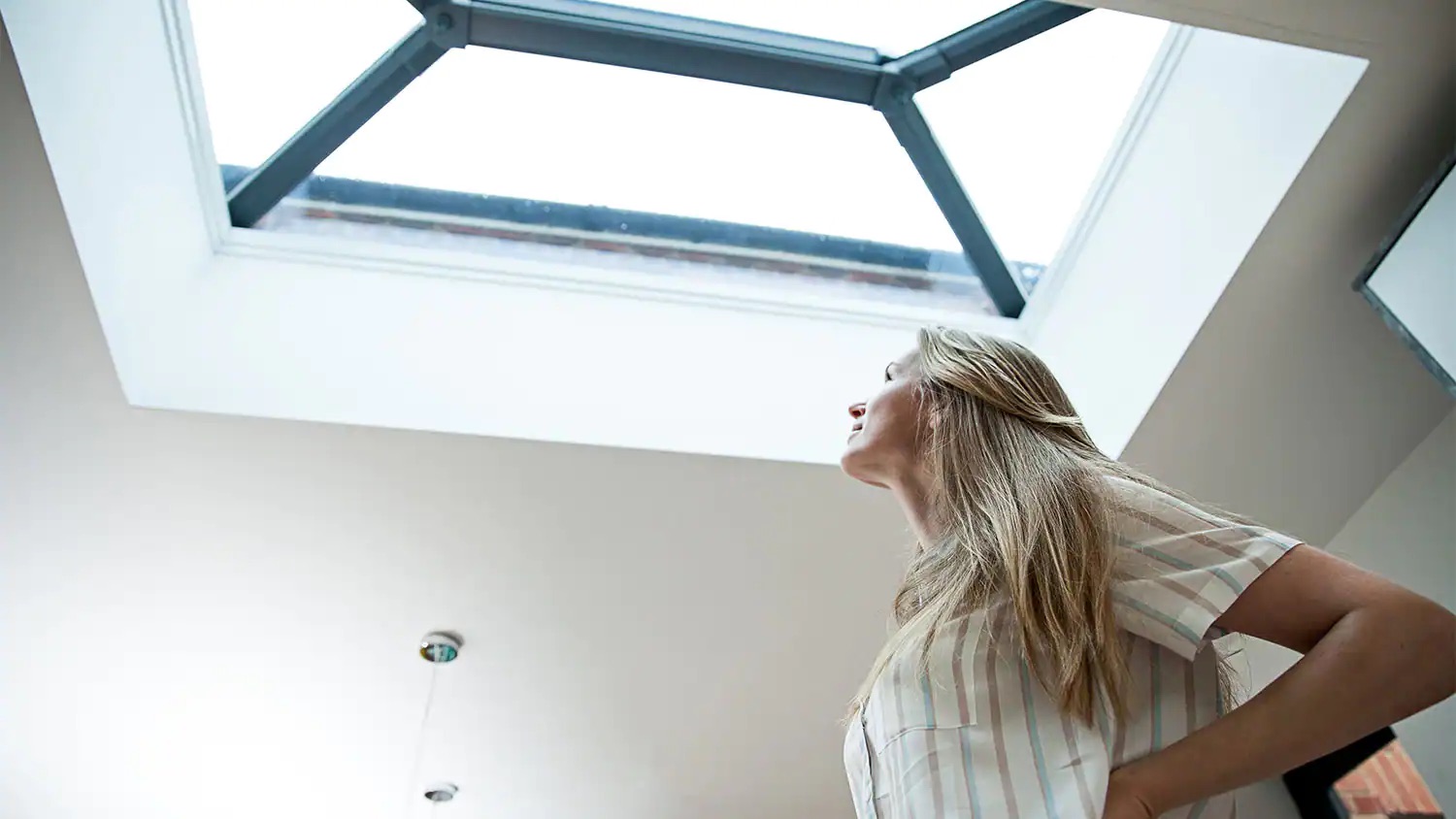

Articles
What Are Ceiling Windows Called
Modified: October 28, 2024
Discover the name of the unique architectural feature known as ceiling windows through this informative article. Learn everything you need to know about these stunning design elements.
(Many of the links in this article redirect to a specific reviewed product. Your purchase of these products through affiliate links helps to generate commission for Storables.com, at no extra cost. Learn more)
Introduction
Welcome to the world of ceiling windows, where architectural design meets functionality and natural light fills your living space. Ceiling windows, also known as skylights or roof windows, are a popular feature in modern homes and buildings. These innovative architectural elements allow daylight to enter from above, creating a unique and uplifting atmosphere inside.
In this article, we will delve into the fascinating world of ceiling windows, exploring what they are, the benefits they offer, the different types available, considerations for installation, maintenance tips, and the cost associated with incorporating them into your home.
Whether you are designing a new home, looking to renovate your current space, or simply curious about ceiling windows, this article will serve as a comprehensive guide to help you make informed decisions and fully appreciate the beauty and functionality that these windows bring to any environment.
So, let’s soar to new heights and discover the wonderful world of ceiling windows!
Key Takeaways:
- Embrace the transformative power of ceiling windows, also known as skylights or roof windows, to bring natural light, enhance views, and create a modern, aesthetically pleasing environment in any space.
- Consider the structural, design, and cost factors when incorporating ceiling windows into your space to maximize natural light, energy efficiency, and overall well-being while embracing the beauty and functionality they offer.
Read more: What Is A Basement Window Called
Definition of Ceiling Windows
Ceiling windows, also known as skylights or roof windows, are architectural features designed to bring natural light into a space by incorporating windows directly into the ceiling. Unlike traditional windows installed in vertical walls, ceiling windows are positioned horizontally on the roof or upper part of a building. They can be fixed or operable, allowing for ventilation in addition to bringing in sunlight.
The primary purpose of ceiling windows is to maximize the utilization of natural light, offering a myriad of benefits to the occupants of a building. By harnessing the sun’s rays, ceiling windows create a well-lit and welcoming atmosphere, improving the overall ambiance and minimizing the need for artificial lighting during daylight hours.
These windows are often made from high-quality materials such as tempered glass or polycarbonate, ensuring durability and resistance to environmental factors such as rain, wind, and UV rays. This enables them to withstand the elements and provide long-term functionality.
Ceiling windows are not limited to specific architectural styles or building types. They can be incorporated into residential homes, commercial buildings, and even industrial structures, offering a versatile solution for introducing natural light into any space.
Overall, ceiling windows redefine the way we think about windows, bringing a new dimension of design and functionality to our living and working environments. With their unique placement and ability to flood a space with sunlight, they can transform any room into a bright and inviting sanctuary.
Benefits of Ceiling Windows
Ceiling windows offer numerous benefits that go beyond just aesthetic appeal. Let’s explore the advantages of incorporating these architectural features into your home or building:
1. Natural Light
One of the primary benefits of ceiling windows is their ability to fill a space with an abundance of natural light. Sunlight has been shown to improve mood, enhance productivity, and provide a sense of well-being. By bringing in natural light from above, ceiling windows create a brighter and more inviting atmosphere, reducing the need for artificial lighting during the day.
2. Enhanced Views
Installing ceiling windows provides an opportunity to enjoy panoramic views of the sky, trees, or other captivating scenery. Whether it’s watching a starry night sky or taking in a breathtaking sunset, ceiling windows offer a unique perspective that can enhance the overall enjoyment of your living space.
Read more: What Are Attic Windows Called
3. Energy Efficiency
Ceiling windows can contribute to improved energy efficiency by reducing the reliance on artificial lighting and even lowering heating costs. The natural light provided by these windows can help to create a more sustainable and environmentally-friendly home or building.
4. Design and Aesthetics
From a design standpoint, ceiling windows add a touch of elegance and modernity to any space. They can create a sense of openness, make small rooms feel larger, and add visual interest to an otherwise plain ceiling. The sleek and contemporary look of ceiling windows can enhance the overall aesthetic appeal of your home or building.
5. Health and Well-being
Natural light has numerous health benefits, including boosting Vitamin D levels, regulating sleep patterns, and improving overall mental and emotional well-being. By incorporating ceiling windows, you allow for the intake of natural light, which can have a positive impact on your health and create a more comfortable living environment.
6. Privacy
Ceiling windows can provide natural light without compromising privacy. Thanks to their placement on the roof, they allow sunlight to enter without the need for curtains or blinds, maintaining privacy while still enjoying the benefits of natural light.
Overall, ceiling windows offer a range of benefits that can transform your living or working space. From the aesthetic appeal to the health and energy efficiency advantages, these architectural features bring a unique combination of beauty and functionality.
Read more: What Is A Window Seat Called
Types of Ceiling Windows
There are various types of ceiling windows available, each offering its own unique features and functionality. Let’s explore some of the most common types:
1. Fixed Skylights
Fixed skylights are non-operable windows that are installed directly into the ceiling or roof. They provide a source of natural light but do not open for ventilation. Fixed skylights are a popular choice for areas where additional ventilation is not necessary, such as hallways, closets, or rooms with other forms of ventilation.
2. Ventilated Skylights
As the name suggests, ventilated skylights are ceiling windows that can be opened to allow for airflow. They provide an additional source of ventilation, making them an ideal choice for kitchens, bathrooms, and other areas where moisture and odors need to be expelled. Ventilated skylights can be operated manually or electronically, offering ease of use and control.
3. Tubular Skylights
Tubular skylights, also known as sun tunnels, are compact and versatile ceiling windows. They consist of a small dome on the roof that captures sunlight, which is then channeled through a reflective tube and distributed into the room below. Tubular skylights are an excellent option for spaces where traditional skylights are not feasible due to limited roof space or architectural constraints.
Read more: What Are The Lights In The Ceiling Called
4. Domed Skylights
Domed skylights feature a curved, dome-shaped design that allows for maximum light transmission and a wider field of view. They are typically made from polycarbonate or acrylic materials, which offer durability and resistance to impact. The shape and material of domed skylights provide a unique aesthetic appeal and can complement both modern and traditional architectural styles.
5. Pyramid Skylights
Pyramid skylights feature a pyramid-shaped design, with four slanted sides that converge at the top. These skylights provide an architectural focal point and create a sense of drama in the room. Pyramid skylights are commonly used in atriums, commercial spaces, and high-ceilinged areas where natural light is desired.
These are just a few examples of the types of ceiling windows available in the market. Each type offers its own set of advantages and can be chosen based on the specific requirements of your space and personal preferences. Whether you prefer a fixed skylight for maximum light transmission or a ventilated skylight for added airflow, there is a ceiling window type to suit your needs.
Considerations for Installing Ceiling Windows
Installing ceiling windows is an exciting opportunity to introduce natural light and enhance the aesthetics of your space. However, there are several key considerations to keep in mind before diving into the installation process. Let’s explore some important factors to consider:
1. Structural Integrity
Prior to installing ceiling windows, it is essential to assess the structural integrity of the roof. The weight of the windows and their weatherproofing components can add significant load to the roof. Consulting a professional structural engineer is crucial to ensure that the roof can safely accommodate the weight and stress of the windows without compromising the structure’s stability.
Read more: What Are The Parts Of A Ceiling Light Called
2. Roof Pitch and Orientation
The pitch and orientation of your roof play a significant role in the installation and performance of ceiling windows. The pitch determines how much sunlight can enter, while the orientation impacts the amount of light and heat the windows will receive throughout the day. Consider the roof’s angle and direction when choosing the size and placement of your ceiling windows to maximize natural light and energy efficiency.
3. Waterproofing and Insulation
Proper waterproofing and insulation are crucial for preventing leaks, condensation, and heat loss/gain. Ensure that the installation of ceiling windows includes appropriate flashing, underlays, and seals to prevent water infiltration and maintain a comfortable indoor environment. Additionally, consider adding insulation around the window frame to optimize energy efficiency and thermal comfort.
4. Glazing and UV Protection
When selecting the glazing for your ceiling windows, consider factors such as insulation, solar heat gain, and UV protection. Double or triple glazing can improve energy efficiency and reduce noise transmission. Look for glazing options with coatings or films that provide UV protection, which can help prevent furniture, flooring, and other interior elements from fading due to prolonged exposure to sunlight.
5. Ventilation Options
If ventilation is a priority, consider choosing ceiling windows that can be opened or paired with additional ventilation features. This is particularly important for spaces where moisture and odors may accumulate, such as bathrooms and kitchens. Incorporating operable skylights or ventilation systems will allow for fresh air circulation, enhancing indoor air quality.
Read more: What Is The Rubber Around Car Windows Called
6. Maintenance and Accessibility
Regular maintenance of ceiling windows is necessary to ensure longevity and optimal performance. Consider the accessibility of the windows for cleaning and maintenance purposes. If the windows are out of reach, think about incorporating features such as motorized controls or remote-operated mechanisms to make the task easier and safer.
Before installation, consult with professionals, such as architects, contractors, or skylight installers, who can provide expert advice tailored to your specific needs. They will guide you through the necessary considerations and help you make informed decisions to ensure a successful and satisfactory outcome.
Maintenance and Caring for Ceiling Windows
Regular maintenance and proper care of your ceiling windows are essential to ensure their longevity and optimal performance. By following a few simple guidelines, you can keep your ceiling windows in excellent condition for years to come. Here are some maintenance tips:
1. Regular Cleaning
Regular cleaning is crucial to keep your ceiling windows looking their best and maintaining optimal light transmission. Use a mild, non-abrasive window cleaner and a soft cloth or sponge to remove dirt, dust, and debris from the glass. Avoid using rough materials or abrasive cleaners as they can scratch or damage the surface. Clean both the interior and exterior of the windows for a thorough cleaning.
2. Check for Leaks and Damage
Periodically inspect your ceiling windows for any signs of leaks or damage. Look for water stains, cracks, or warping around the window frame. If you notice any issues, address them promptly to prevent further damage and ensure that the windows are properly sealed. It is recommended to have a professional check for leaks or potential problems to ensure effective repairs.
Read more: Who To Call When Ceiling Is Leaking
3. Clear Debris from Gutters and Roof
Keep the area surrounding your ceiling windows clean and clear of debris. Clear out gutters regularly to prevent clogs and ensure proper water drainage. It is also important to keep the roof clear of leaves, branches, and other debris that can block sunlight or potentially damage the windows if they fall during strong winds or storms.
4. Trim Overhanging Branches
If you have trees near your roof, trim any overhanging branches to minimize the risk of damage. Falling branches or debris can cause significant damage to your ceiling windows, so it is important to keep the area above your windows clear of any potential hazards.
5. Inspect and Maintain Hardware Mechanisms
If your ceiling windows are operable, regularly inspect and maintain the hardware mechanisms. Ensure that hinges, handles, and latches are in good condition and functioning properly. Lubricate moving parts as needed to prevent them from sticking or becoming difficult to operate. Consult the manufacturer’s instructions or seek professional assistance for specific maintenance recommendations.
6. Consider Professional Inspections
Periodic professional inspections of your ceiling windows can help identify any underlying issues that may not be immediately apparent. Professionals can assess the seals, flashing, and overall condition of the windows to ensure they are performing optimally. They can also provide maintenance recommendations specific to your windows and address any potential concerns.
By following these maintenance tips and addressing any issues promptly, you can ensure the longevity and optimal performance of your ceiling windows. Regular care and attention will not only preserve the beauty of these architectural features but also maximize the benefits they offer in terms of natural light and energy efficiency.
Read more: What Is An Indoor Garden Called
Cost of Ceiling Windows
The cost of ceiling windows can vary depending on several factors such as the size, type, materials used, and any additional features or customization options. Here are some factors to consider when determining the cost of ceiling windows:
1. Window Type
The type of ceiling window you choose will have an impact on the overall cost. Fixed skylights generally tend to be more affordable compared to operable or ventilated skylights, which require additional mechanisms and hardware for opening and closing. Specialty skylights such as pyramid or domed skylights may also come at a higher price due to their unique design and customization options.
2. Size and Complexity
The size and complexity of the ceiling window installation will also affect the cost. Larger windows will generally cost more than smaller ones due to the increased materials and labor required. Additionally, if your roof structure requires any modifications or reinforcements to accommodate the installation, it can add to the overall cost of the project.
3. Material Quality
The quality of the materials used for the ceiling windows will impact the cost. Higher-quality materials, such as tempered glass or impact-resistant polycarbonate, may come at a higher price but offer increased durability, energy efficiency, and protection against the elements. It is important to strike a balance between your budget and the desired quality and performance of the windows.
Read more: What Are The Rolls Of Grass Called
4. Installation Labor
The cost of installation labor will vary depending on factors such as the complexity of the installation, the accessibility of the installation site, and the local labor rates. It is recommended to hire a professional skylight installer who has experience in working with ceiling windows to ensure proper installation and minimize potential issues.
5. Additional Features and Accessories
Additional features and accessories, such as motorized controls, blinds or shades, ventilation systems, or remote-operated mechanisms, can add to the cost of ceiling windows. These features provide added convenience and functionality but may come at an extra cost.
6. Warranty and Maintenance
Consider the warranty and maintenance costs associated with the ceiling windows. Some manufacturers offer extended warranties for their products, which may come at a slightly higher price but provide added peace of mind. It is also important to factor in ongoing maintenance costs, such as regular cleaning, inspections, and potential repairs, to ensure the long-term performance and durability of the windows.
It is difficult to provide an exact cost as it will depend on the specific requirements and choices made for your ceiling windows. To get an accurate estimate, it is recommended to consult with skylight manufacturers, contractors, or skylight installation professionals who can assess your needs and provide a customized quote based on your specific project.
Investing in high-quality ceiling windows is a worthwhile venture, as they can significantly enhance the aesthetics, natural lighting, and overall value of your space. Consider your budget, long-term benefits, and preferences when making decisions about the cost and specifications of your ceiling windows.
Conclusion
Ceiling windows, with their ability to bring in natural light and enhance the aesthetics of any space, are a remarkable architectural feature. They not only brighten up a room but also offer a range of benefits, from improving mood and productivity to boosting energy efficiency and creating a sense of openness. Whether you choose fixed skylights, ventilated skylights, tubular skylights, domed skylights, or pyramid skylights, each type adds a unique touch to your home, office, or commercial building.
Installing ceiling windows requires careful consideration, from assessing the structural integrity of your roof to choosing the right size, materials, and additional features. It’s important to take into account factors such as waterproofing, insulation, and ventilation options to ensure optimal performance and longevity.
Regular maintenance and care are crucial for keeping your ceiling windows in excellent condition. Cleaning them regularly, checking for leaks and damage, clearing debris from gutters and roofs, and inspecting hardware mechanisms are all important tasks. Additionally, professional inspections can help identify any potential issues and provide further guidance on maintenance and repairs.
When considering the cost of ceiling windows, factors such as window type, size, material quality, labor, additional features, and ongoing maintenance need to be taken into account. By carefully weighing these factors, you can make an informed decision that suits your budget and requirements.
In conclusion, ceiling windows are a beautiful and functional addition to any space. They bring in natural light, enhance views, improve energy efficiency, promote wellness, ensure privacy, and create a modern and aesthetically pleasing environment. By understanding the different types, considering installation requirements, maintaining them properly, and managing the associated costs, you can enjoy the benefits of ceiling windows for years to come.
So, whether you’re planning a new construction project, renovating your space, or simply looking to add a touch of elegance and natural beauty, consider incorporating ceiling windows into your design. Embrace the transformative power of natural light and unlock the full potential of your living or working environment.
Excited about ceiling windows? You'll adore our next piece on roof windows that offer breathtaking views. Discover various designs that let natural light flood your space, making every day brighter and your home more airy. Whether you're renovating or dreaming up a new build, these insights will guide you toward making the most of every view. Don't miss out on our detailed guide to transforming your abode with stunning vistas.
Frequently Asked Questions about What Are Ceiling Windows Called
Was this page helpful?
At Storables.com, we guarantee accurate and reliable information. Our content, validated by Expert Board Contributors, is crafted following stringent Editorial Policies. We're committed to providing you with well-researched, expert-backed insights for all your informational needs.

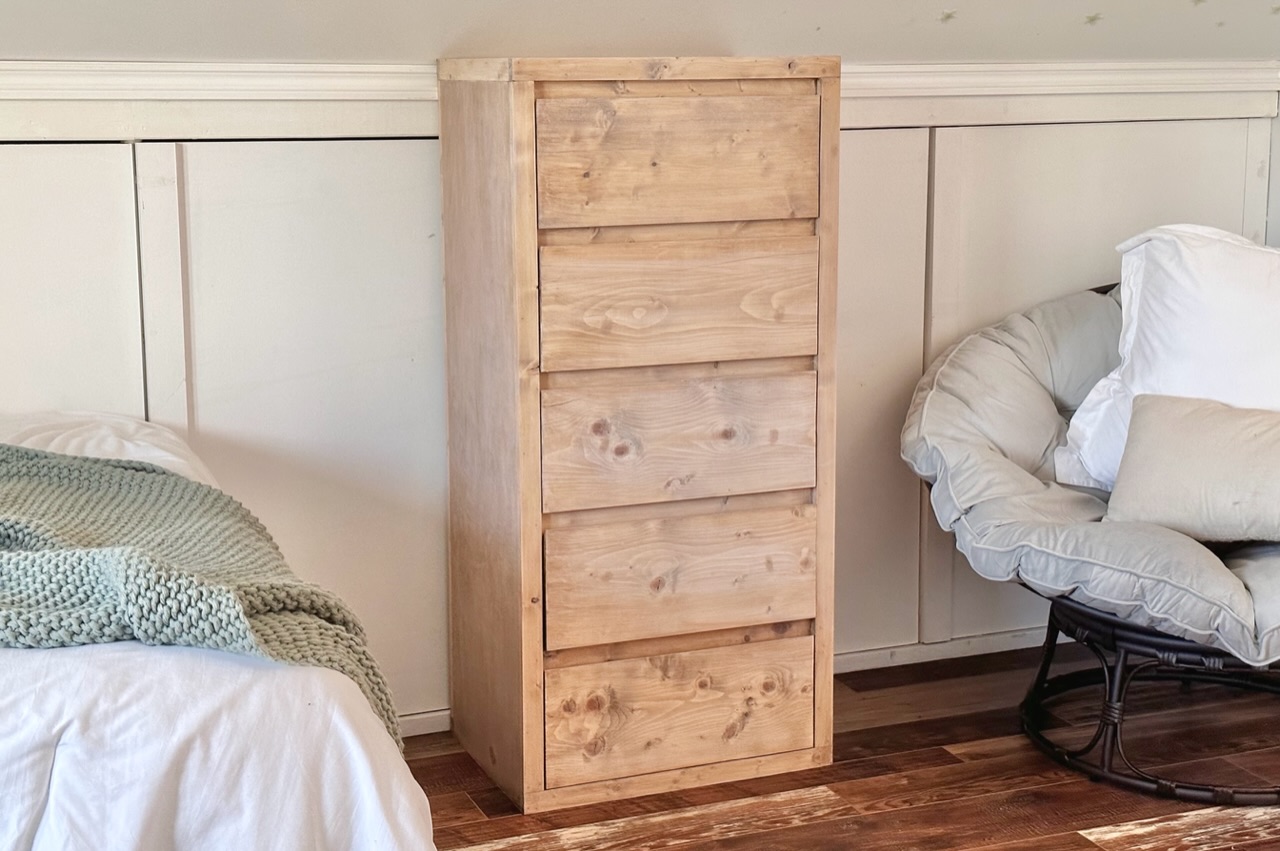

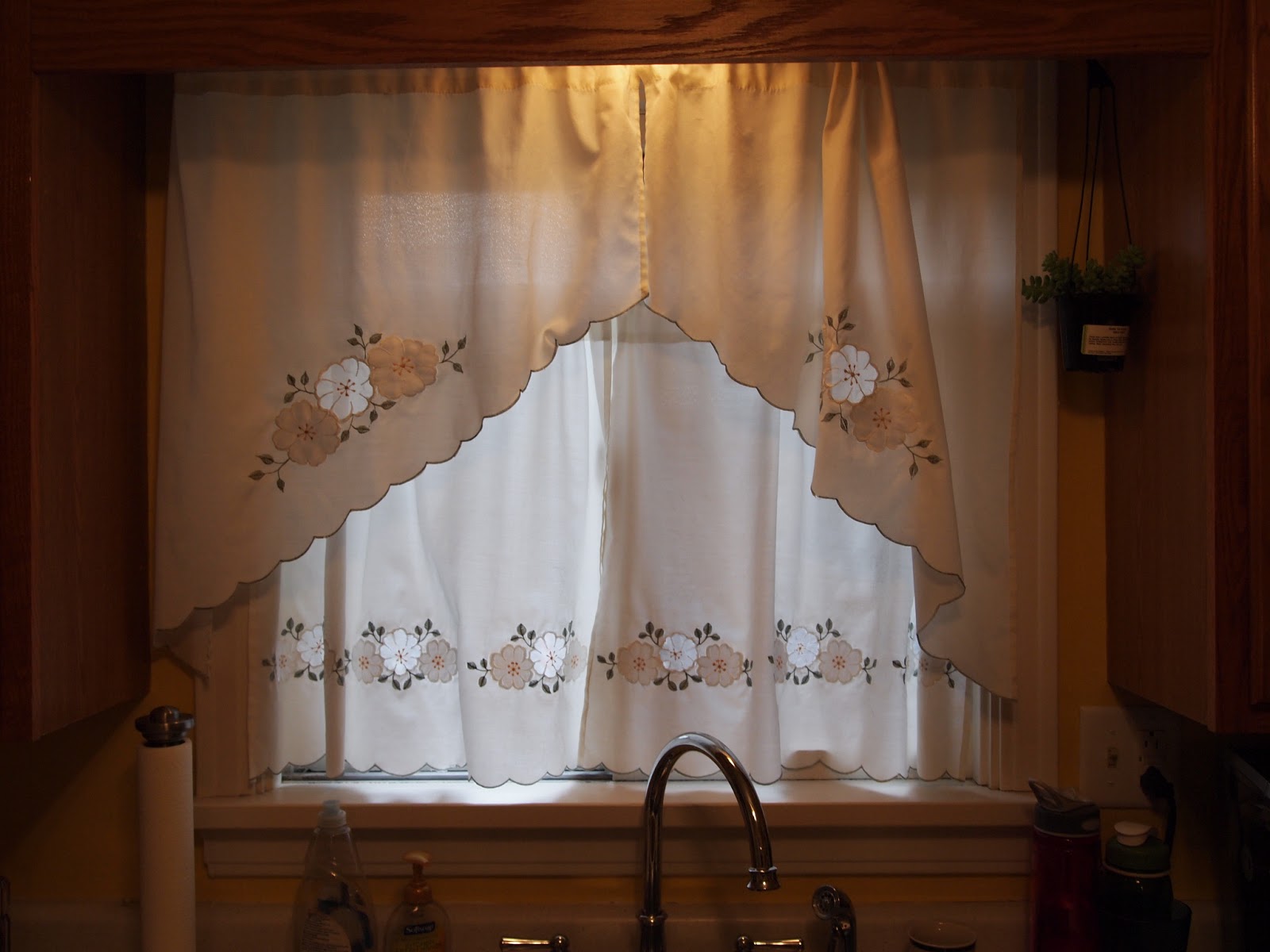

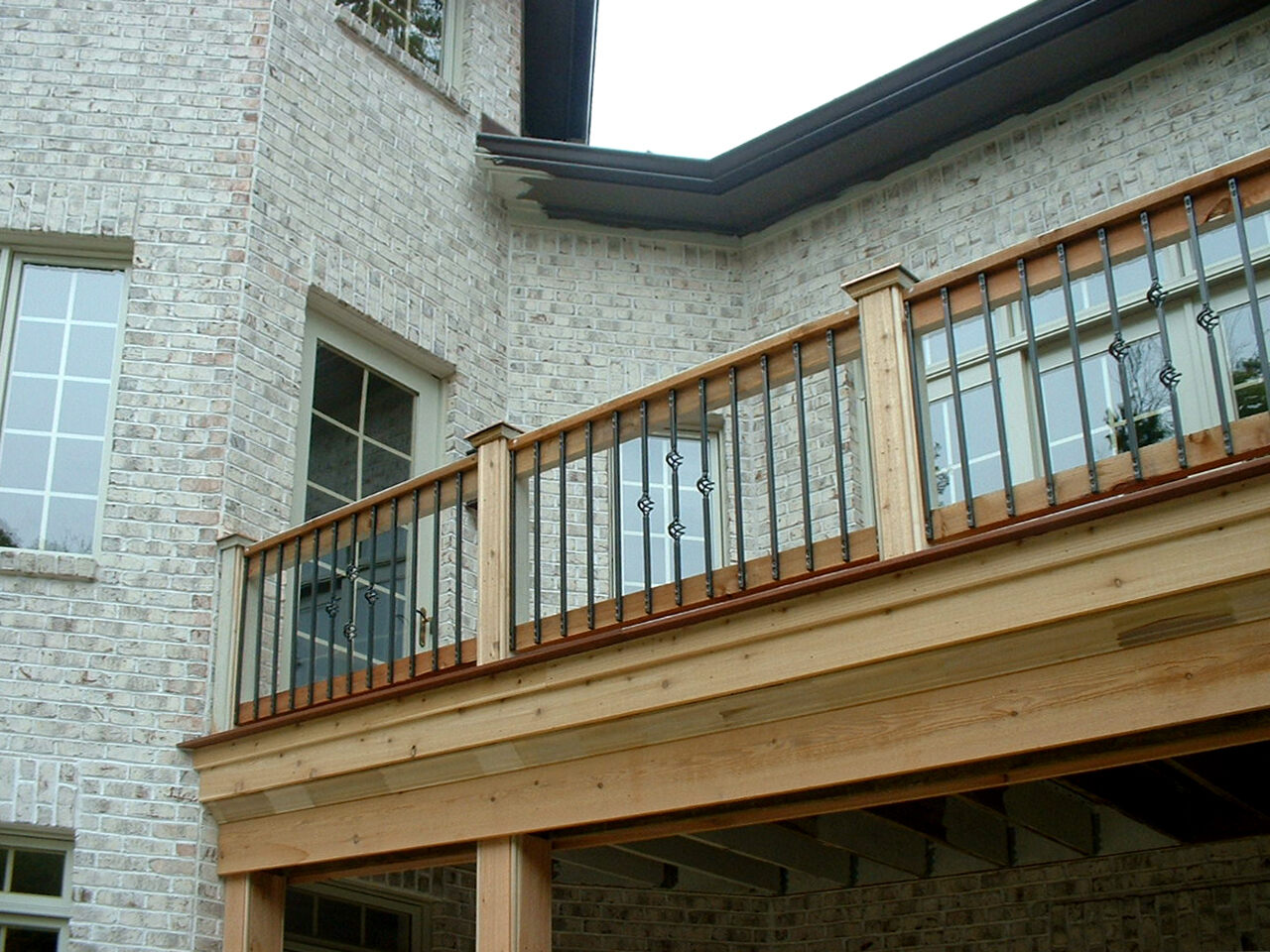
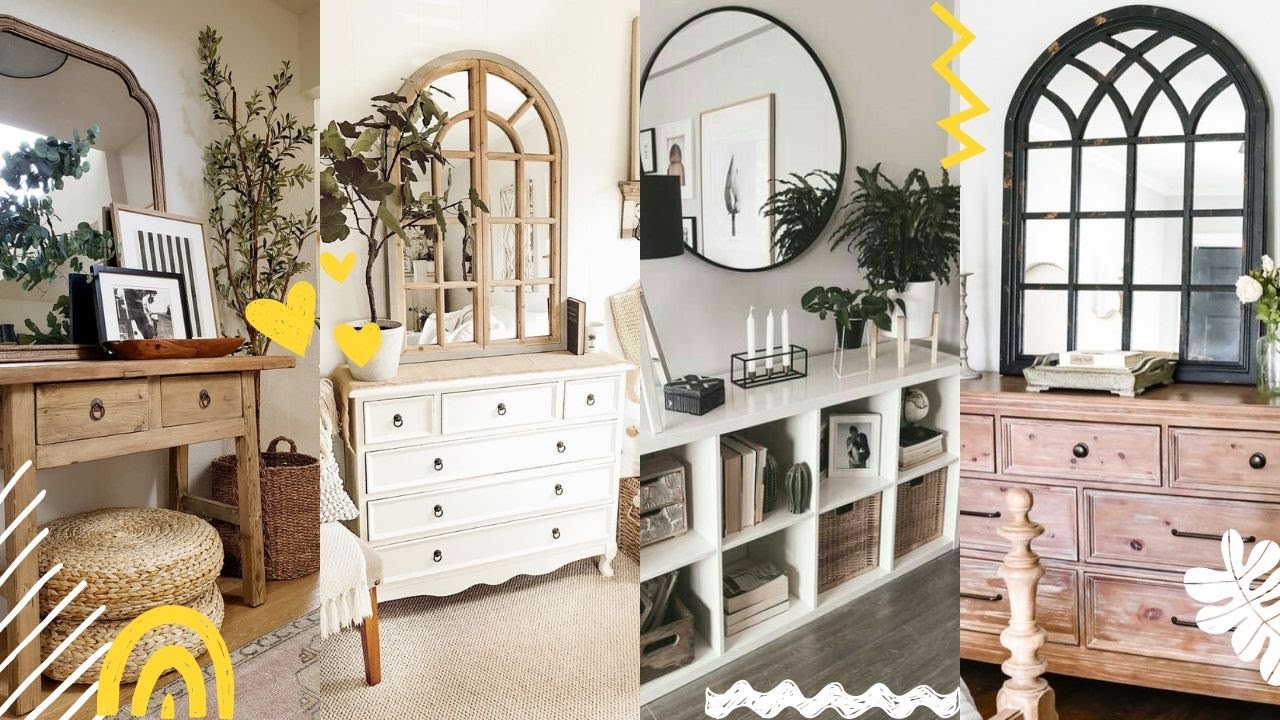

0 thoughts on “What Are Ceiling Windows Called”